Adam Goldberg: Daguerreotype Achromat Art Lens First Impressions
8 Share TweetLomoAmigo Adam Goldberg took the Daguerreotype Achromat Art Lens around NYC to test what he now calls “the stunningly unique bokeh of the lens.” Read more about his creation of these surreal double exposures and rave review of the lens here.

Please tell us about your photography. How long have you been doing it? What is the pull of photography?
I’ve been taking pictures since I was a kid. I think my mom got me a Bell and Howell point and shoot of some variety when I was around 14. I still have boxes of photos from high school, where I also took photography classes, and nearly burned down the darkroom somehow. In fact it was years— like 30— before I processed my own film again after the incident when I was 14. I took a lot of snapshots, but also was really interested in downtown LA architecture and the sort of banal signage and landscape near where I lived off of Melrose. I remember doing something for our Art and Literary magazine where I contrasted the new and old on Melrose — the sort of confluence that existed at the time, the mid-80s — wherein you’d have some punk store with a neon sign on one side of the street and some stopped in time mid-century retirement home on the other. Sadly most of these funky classically Angeleno retirement hotels are long gone, not the least of which was turned into The Standard Hotel on the Sunset Strip. I prefer the retirement hotel.

The pull I’d imagine was then as much as it is now, the idea of stopping time in tracks as well as the fact that I’m not particularly good at living in the moment so much as I am at perceiving it. I’ve found that photography alleviates — or arguably exacerbates — this shortcoming.
This lens has a fascinating history, so let’s play the association game. What came to mind when you first saw the Daguerreotype Art Lens? What is special about its build?
The lens definitely feels like a vessel into another time. I had never used such lens before, never one that used a plate aperture system before. It sort of really boils f stops down to the very basics— big holes and small holes. That said I almost always shoot wide open, and is certainly where I think this lens really shines. It’s lovely to hold and to focus. It feels substantial and inspires you to do something different by the mere design of it, but furthermore by what you see when you look through the viewfinder (assuming you’re using an SLR).

What did you take pictures of? What camera did you use?
I wanted to use my Nikon F3, but the only available test lens was a Canon mount so I borrowed a Canon Rebel K2, which was a funny sort of contradiction — using this very portable very automatic late film SLR with this throw(way)back lens…but I actually found it to be a great combination. First of all by looking at the photos you’d never know what camera I used. The lens really sort of makes the photos in this case and the camera allowed me to shoot fast while using a lens with which you must be very deliberate. For instance I shoot a lot of double exposures and many of them depend on racking focus back and forth while holding my position and the automatic nature of this particular camera easily allowed me to do this, while the shallow depth of field of the lens and the truly remarkable nature of the out of focus areas made for some of my favorite multi-exposures I’ve taken.

Did the Daguerreotype Art Lens impart a special look to your photos? Tell us about your first photo session.
Right so I touch on this a bit above….To start with I was in no mood to shoot. Very often this is the case actually, I find it a burden, but a necessity or compulsion…particularly in New York where I was working for 4 months. I was lugging some cumbersome iteration of my arsenal around with me most of the time in NY, because it rarely ceases to inspire, no matter you’re mood. On this particular day I had just come from a healer. Yes a healer. Without going into too much detail, let’s just say I have a litany of somatic issues that rendered themselves particularly acute during our stressful relocation to NY for those months. Anyway I Ieft the healer feeling lighter, relaxed, but spent. And really the last thing I should have done was frantically fire off a bunch of test rolls. BUT I’m glad I did, though my “healing” unraveled about as fast as it raveled.
My assistant, Melissa Fink, and I went to Tomkins Square Park where I often shoot a test roll or two with a new camera or lens because it’s right across the street from my favorite lab, Luster Photo, on Avenue A and St. Marks. Something about that park always seems to inspire, but moreover, and however much I was not in the mood, the lens was pretty thrilling to test and found myself running all over the park, shooting everything from rivets in handrails to bystanders and lots of Melissas. It was also raining a bit, which it seems it always is when I’m there! Maybe it’s just always raining in the East Village. Anyway, after shooting a roll and dropping it off at Luster: we went back to Brooklyn where I was staying, first to Williamsburg where I had a haircut appointment and where if you venture enough of the beaten track you can avoid shooting the American Apparel and capture some of what’s left of the old days. That said, the lens goes a long way in selling that aesthetic, it really is a time capsule. Additionally, switched over to some low ISO black and white (Efke 50) which also contributes to a sort of timelessness. Grabbed some shots of my barber, Russell Manley, at Ludlow Blunt, his ridiculously photogenic shop, then to temp home in Fort Green where I shot some stuff around the house, of my all the time muse, wife Roxanne. And later that weekend took some stuff of Roxanne and my little boy Bud at the park. The combination of some Kono! Rekorder and the stunningly unique Bokeh of the lens really elevated even the more snap-shotty frames I took.
The lens is a continuation of Lomography’s experimental tradition. What special effects have you done using the lens?
Well, while, in addition to aperture plates, it has plates to create some really wild artifacts, particularly of light sources in the out of focus areas, I loved using the lens in its most stripped down form. Wide open without plates, The bokeh was so unique, so almost solid looking, like an image in and of itself, as interesting as the image in the foreground, that the DA unplugged was my preferred configuration.

In terms of your own photography needs, what is the best feature of the Daguerreotype Art Lens?
The long draw of the focus and the unique bokeh that lent itself to my double exposure/racking technique.

How does Daguerreotype Art Lens differ from other Lomography Art Lenses?
I’ve only also used a much wider one, which is automatically going to make for a completely different shooting experience. That said, from images I’ve seen of the Petzvel the standout difference would be the rendering of the Bokeh — let’s say the DA’s streaky/solid rendering vs. the classic swirl.

Why use a special lens at all?
I find that different cameras and different lenses inspire different results and suit different needs. This one just happens to really jibe with the sorts of “dreamy” often surreal images I like to take. The key is not to rely solely on the “gimmick” of a particular lens or camera but to try and integrate to your own style and needs.

Let’s get technical. What tip would you give to a first-time user?
This is personal, and probably redundant at this point, but I’d shoot the thing wide open. You’ll end of with a softer center of focus so if that’s not what you’re going for than use the aperture plates to stop down. But I think to really exploit the unique benefits of the lens you want to push its shallow dreamy strangeness as far as it will take you. Find backgrounds that have something interesting going on in them, particularly that contain light sources, like christmas lights, street lamps, etc. Oh and don’t lose the plates.

Preorder the Daguerreotype Achromat Art Lens in the Lomography Online Shop
Check out more of Adam’s work at his website, Instagram and Tumblr.
Scritto da Katherine Phipps il 2016-07-18 in #gear #persone #tutorials




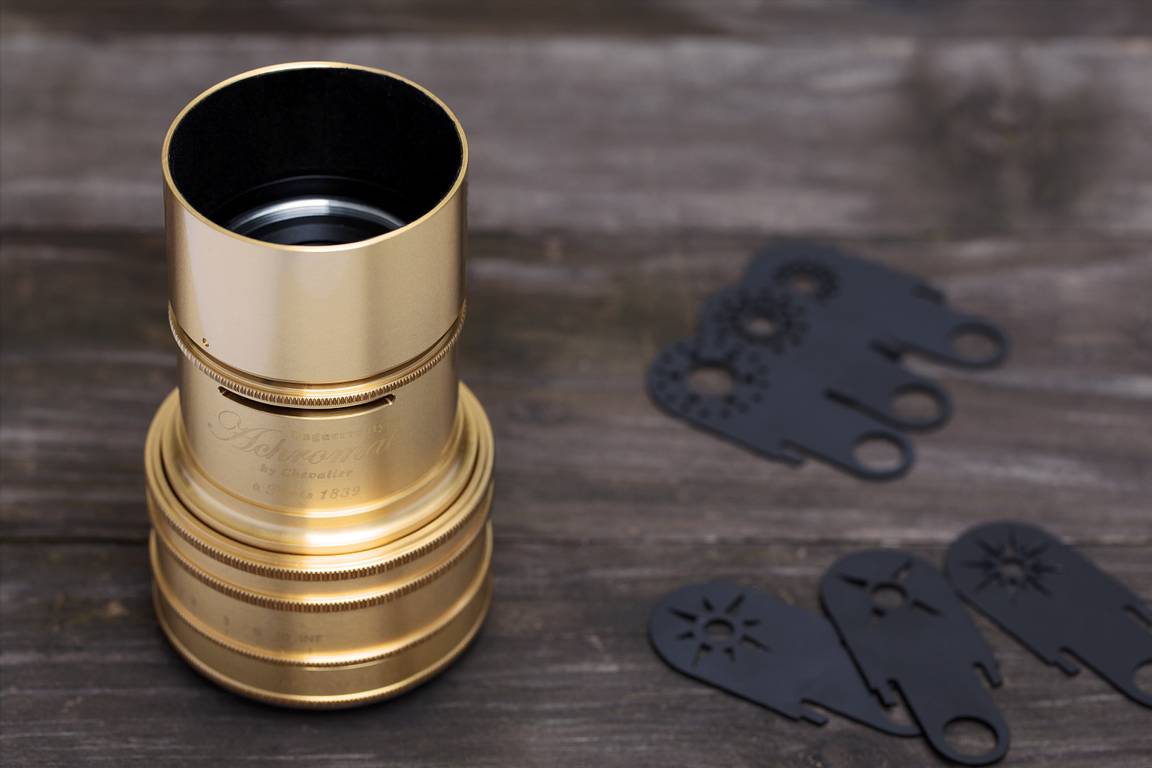
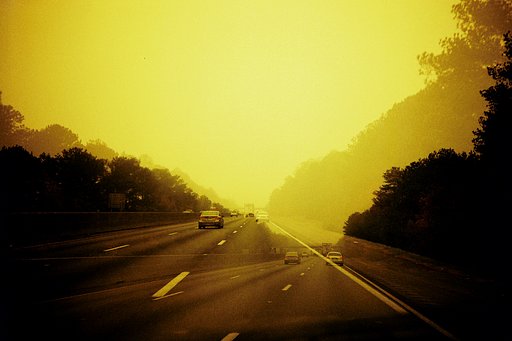




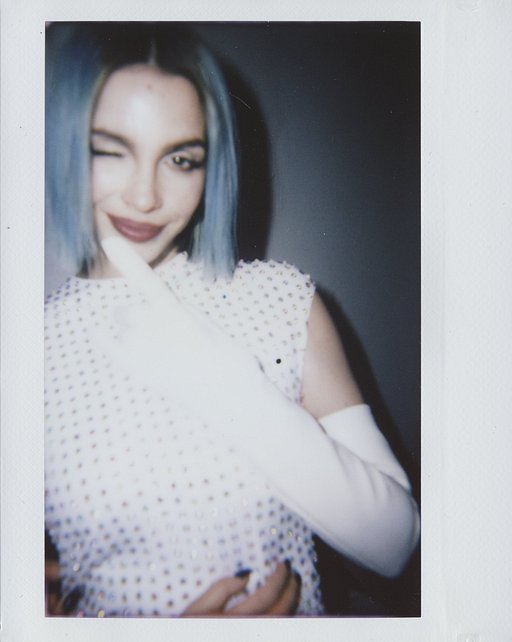



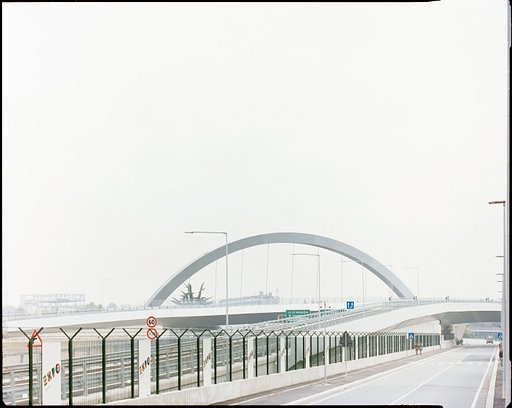



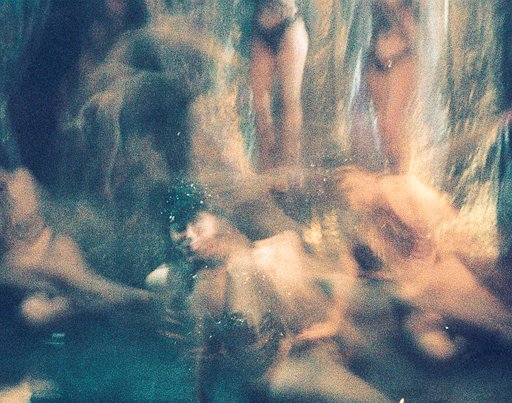

Nessun Commento